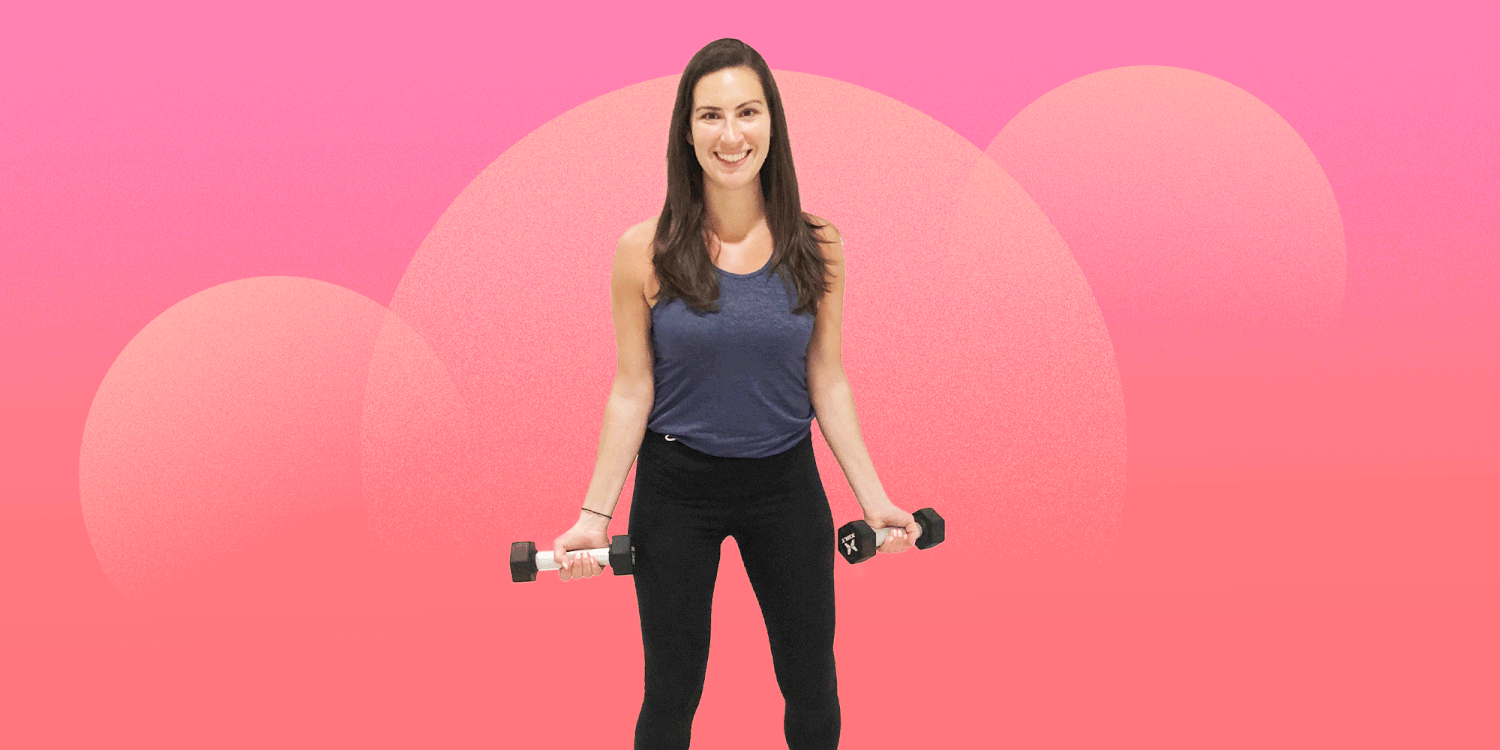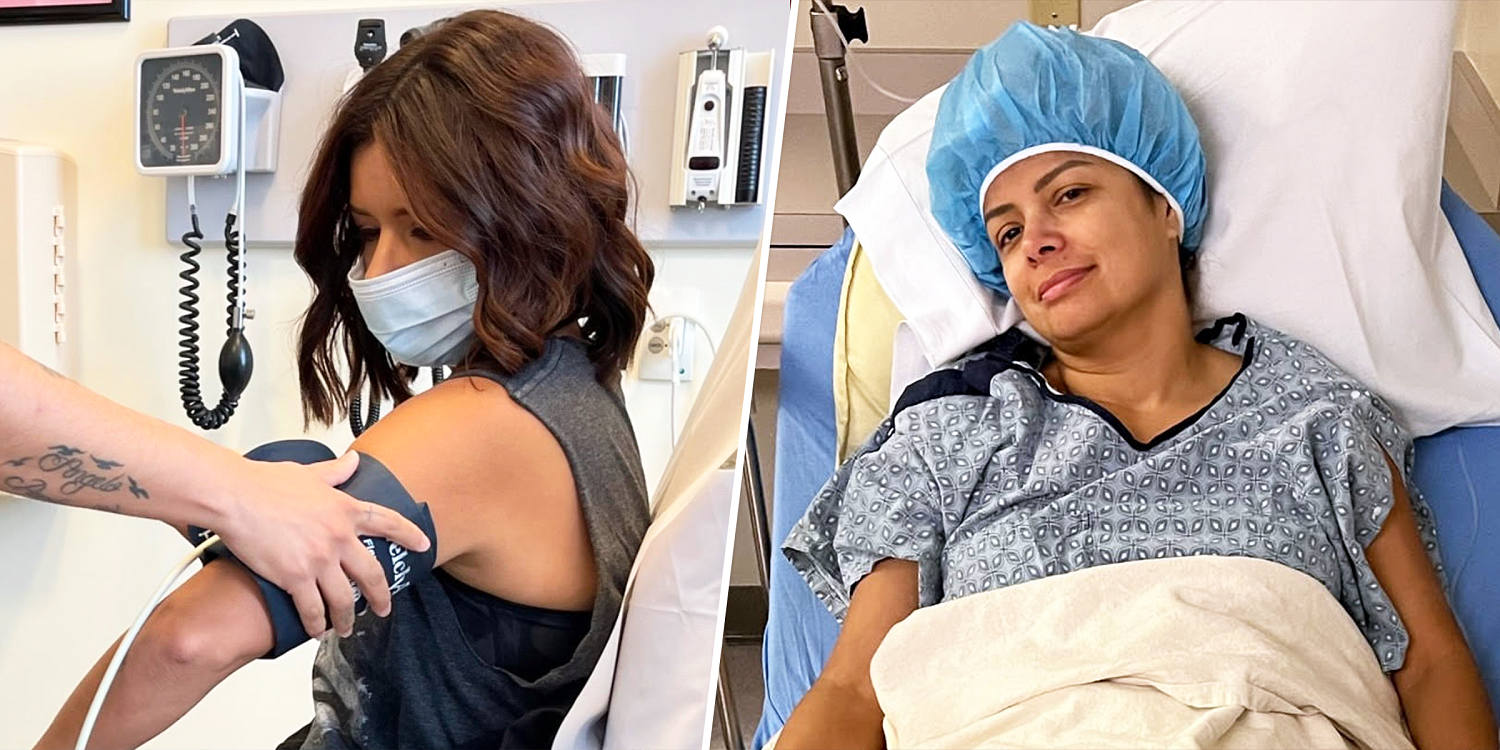
Everybody’s done a bicep curl — it’s one of those staple moves you see people doing in every gym. Although the exercise is familiar, it’s easy to can make curls less effective, or even lead to injury by straining the back muscles. But when performed correctly and consistently, the move does a great job of isolating the biceps, which ensures that you’re actually working those muscles.
We use our biceps for everyday activities, like picking up bags of groceries. And can help create a leaner and more toned appearance. Since curls cause hypertrophy, or growth in muscle size, the exercise will both strengthen and tone the arms.

Many of my clients make the mistake of swinging their hips or moving their entire arm while curling. But bicep curls need to be done slowly and steadily to achieve the maximum benefits. Many people also choose weights that are which causes your body to recruit other muscles to perform the exercise.
When this happens, it lessens the efficiency of the bicep curl. For example, when the weight is too heavy it’s easier to recruit the shoulders into action, which can cause shoulders to round forward and place . To avoid these mistakes: Move only your forearms when lifting the dumbbell.
Refrain from moving your whole arm. Keep your elbows tucked into your body throughout the whole exercise. Don’t rock your hips from side to side.
Keep your lower body in one place while performing the bicep curl. Pick a lighter weight that allows you to perform all of the repetitions in your set (usually 10-15) without compromising your form. Test out a few different sizes before choosing the right weight for you.
You can increase your gradually by doing a modified bicep curl. This will ensure that you don’t cause strain or injury while building muscle. To modify, only raise the dumbbell halfway in the curl (stopping when your elbow is bent at 90 degrees) or use 1- or 2-pound weights.
You can also (preferably a stool or chair without arms) and lift slowly. Another option is to perform the movement without weights and do the motion with your palms face-up to get your body accustomed to the exercise. Take the time to perform bicep curls slowly, step by step, and this will help you develop muscle memory so that when they pop up during a workout, you can be confident you’re performing them correctly.
Stand straight with your feet hip-width apart. Tighten your abs, so that you’re balanced throughout the move, and softly bend your knees. Holding one dumbbell in each hand (I recommend starting with 5-pound weights), relax your arms so that they hang at the side of your body.
Make sure your palms are facing forward. Keep your shoulders back and down. Bend at your elbow and curl the dumbbells up toward your shoulders.
Make sure to keep your elbows hugging the sides of your body. Lower both weights back down slowly. Exhale while lifting the weights, and inhale when you lower them down.
I recommend three sets of 10 curls with your selected weight. If you find yourself making some of the common mistakes, these exercises will help you develop your arm strength so that you don’t need to recruit other muscles to complete a bicep curl. Rotating your arms in circles is a great way to get your blood flowing and your arms before trying a bicep curl.
Arm circles also loosen up your , which is perfect preparation. You can either do one arm at a time or circle both arms at once. Straighten your arms out toward your sides and begin rotating in large circles forward for 10 rotations.
Switch the direction and complete 10 rotations backward. A great way to master proper form is to perform the bicep curl motion without the weights. Release the arms down by your sides and twist your hands forward so that your palms face out in front of you.
Curl the arms up so that your hands almost touch your shoulders; release the arms down by your sides. Repeat 10 times. can help you become more confident in your upper-body strength while increasing your power.
Warm up with jabs, and then focus on uppercuts and hooks while engaging your biceps. You don’t need gloves or equipment. Just focus on the up and down and side to side movements while squeezing your biceps.
Perform the bicep curl, but with one arm at a time instead of curling both weights up together. Curl the right arm up first, then lower it down. Then curl the left arm up and lower it down.
Alternate for 10 reps. Stephanie Mansour is a contributing health and fitness writer for TODAY. She is a certified personal trainer, yoga and Pilates instructor and for women.
She hosts “Step It Up with Steph” on PBS. Join her complimentary health and weight-loss and follow her for daily inspiration on and in her ..














